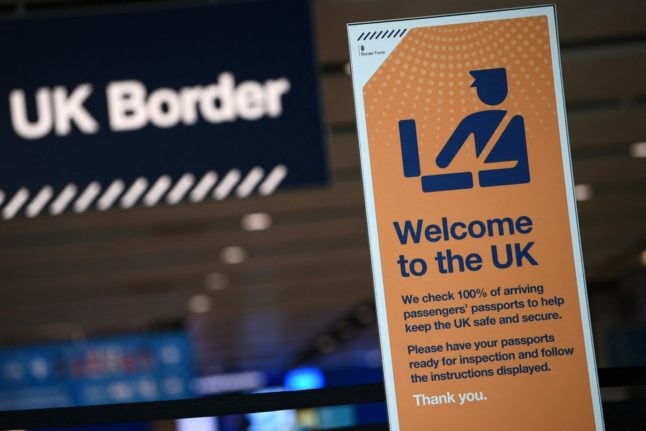Question: When people in France are discussing the risks to nuclear safety because of the war in Ukraine, I keep hearing people say sarcastically ‘but of course radiation clouds stop at the French border’ – what are they talking about? I don’t get it?
The Chernobyl nuclear plant in Ukraine was in the news in recent days, after invading Russian forces clashed with the country’s national guards protecting the decommissioned plant – which is still leaking radioactive material after the disaster 36 years ago.
The 1986 Chernobyl disaster triggered the release of radioactive contamination into the atmosphere – to date the world’s largest known release of radioactivity into the environment. What became known as a ‘radioactive cloud’ travelled west over Europe. It passed over Germany, France, the Netherlands and the UK.
The French government of the time, headed by Jacques Chirac, was widely criticised for its handling of the crisis. While officials in Germany warned consumers not to eat fresh produce and distributed iodine pills, the government here took no special measures.
But the truth is, there was no need for France to take special measures, as Germany did. The government’s worst mistake was not to explain the situation fully to an understandably-worried population – an error it had made previously, and has made since.
An apparently apocryphal comment, attributed to the head of the Service central de protection contre les rayonnements ionisants at the time, that “The Chernobyl cloud has stopped at the French border,” has been frequently repeated and widely mocked as an example of the French attitude.
It also led to suggestions that France covered up the truth about the cloud and even concealed information about its effects.
In fact, most of France did escape relatively lightly: parts of the Vosges, the Jura, the Southern Alps and Corsica were the most affected as weather conditions at the time pushed the plume northwards.
In 2001, several hundred people, mainly in eastern France and Corsica, filed a lawsuit against the government after suffering thyroid issues, a classic symptom of radioactive contamination.
They claimed it was caused by the radiation from Chernobyl, and that the government had covered up the severity of the situation.
But, after a 10-year legal battle, a court dismissed the case and cleared nuclear scientist Pierre Pellerin – who was reported to have uttered that fateful ‘borders’ phrase – of charges that he covered up the true effects of the cloud.
And a 2000 report titled Birth of a myth: the Chernobyl fallout in France, by the International Nuclear Information System – part of the International Atomic Energy Agency – found that France’s official position at the time was accurate and proportional to the relatively low danger.
“In France the average dose due to the Chernobyl accident represented less than 10 percent of the yearly dose produced by natural radioactivity, so French authorities were right not to be alarmed,” an abstract of the report said.
“In Germany the radioactive fallout was 10 times higher than in France and German authorities expected a far more intense contamination. As a consequence, health measures taken in Germany were nothing like those taken in France; that difference made journalists say that the radioactive contamination had stopped at the Franco-German border.”
As we can see from the fact that this line is still circulating, however, it did cause long-lasting damage to trust in the French authorities.
Last week saw reports of people buying iodine tablets in response to the worrying news from Ukraine, apparently unconvinced that the government would distribute these if it became necessary.



 Please whitelist us to continue reading.
Please whitelist us to continue reading.
Member comments